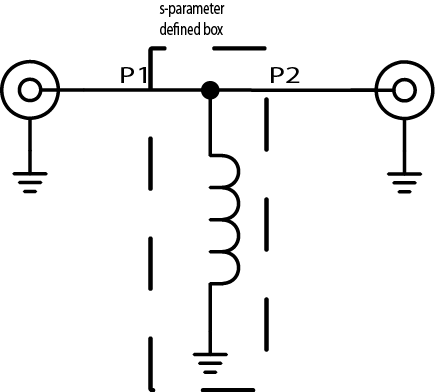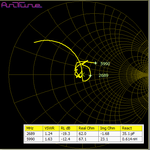ferdinnand
Junior Member level 3
Hi all,
As easy as it may seem, I am having trouble trying to convert S-parameters of a two-port network between two basic configurations which I believe should be a trivial operation. I have been provided the S-parameters of a passive two-port device (an RF choke coil to be precise) which is measured in the shunt configuration like so;
**broken link removed**
I am therefore needing to retrieve its series S-parameters using the data from this shunt measurement. However, I have so far failed to do so and most probably I have been missing out something very essential. Could anyone help me achieve the S-parameters in series configuration?
PS: Things I have tried so far; manipulating-transposing ABCD matrix of the data in order to convert sigma network into pi network, assigning Y-parameters of the initial data as in its new Z-parameters but none has worked properly. The shunt S-parameters of the coil can be found at the following link in case you would like to take a look at; https://www.coilcraft.com/zip/4310lc.zip
As easy as it may seem, I am having trouble trying to convert S-parameters of a two-port network between two basic configurations which I believe should be a trivial operation. I have been provided the S-parameters of a passive two-port device (an RF choke coil to be precise) which is measured in the shunt configuration like so;
**broken link removed**
I am therefore needing to retrieve its series S-parameters using the data from this shunt measurement. However, I have so far failed to do so and most probably I have been missing out something very essential. Could anyone help me achieve the S-parameters in series configuration?
PS: Things I have tried so far; manipulating-transposing ABCD matrix of the data in order to convert sigma network into pi network, assigning Y-parameters of the initial data as in its new Z-parameters but none has worked properly. The shunt S-parameters of the coil can be found at the following link in case you would like to take a look at; https://www.coilcraft.com/zip/4310lc.zip


